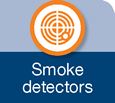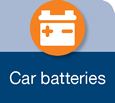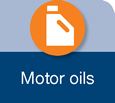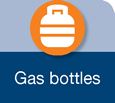Community Recycling Centre
This project was supported by the Environmental Trust as part of the NSW EPA’s Waste Less, Recycle More initiative, funded from the waste levy
The NSW Environment Protection Authority (EPA) is establishing a network of Community Recycling Centres (CRCs) across NSW. The primary aim of this program is to make it easier for households in NSW to safely dispose of materials that can be hazardous to the environment or to public health. CRCs are to be designed and operated to temporarily store these materials safely until they can be recycled or disposed of appropriately.
BURONGA Landfill Community Recycling Centre
Community Recycling Centres are drop-off centres for common household problem wastes that cannot be collected via council kerbside waste and recycling collection services.
What can I take to a Community Recycling Centre?
The following waste items are accepted at Community Recycling Centres in NSW:









Handle and transport your items carefully. Protect your vehicle by placing items on a protective sheet or tray in the boot to capture any leakages or breakages.
Who can use Community Recycling Centres?
Community Recycling Centres are open to all NSW residents. You do not have to be a local resident to use most centres.
Businesses are not eligible to use Community Recycling Centres and should contact a waste disposal service directly or visit BusinessRecycling.
Why use these centres?
Most of the items accepted at Community Recycling Centres can be reused or recycled. Sorting waste and taking it to a recycling centre
- helps improve recycling rates
- saves water, energy and other valuable natural resources
What happens to the waste items after they have been dropped off?
Paints are mixed with other waste solvents and used as an alternative to fuel in cement kilns. The metal containers are recycled.
Lead and acid batteries are sent to recyclers where the lead, acid and plastic are recovered and recycled.
Gas cylinders have any remaining gas recovered, and the steel is sent for recycling. Many cylinders are retested and recycled into the hire market.
Fluorescent tubes and globes contain mercury. Tube recycling involves crushing the tubes to separate the phosphor powder from the glass. The powder is fed through receiving containers with a filtering process to capture any fugitive mercury emissions. The mercury is then processed for separation by distillation and sold for a range of industrial uses. The glass and metals remaining from the process are also recycled.
Gas bottles have any residual gas captured for reuse. Undamaged bottles are retested, re-stamped and entered into the hire industry. Damaged bottles are punctured and recycled as scrap metal.
Used oils are processed to become a lubricant or used for waste to energy.
More information
Visit www.epa.nsw.gov.au/managewaste/comm-recycle-centres.htm
